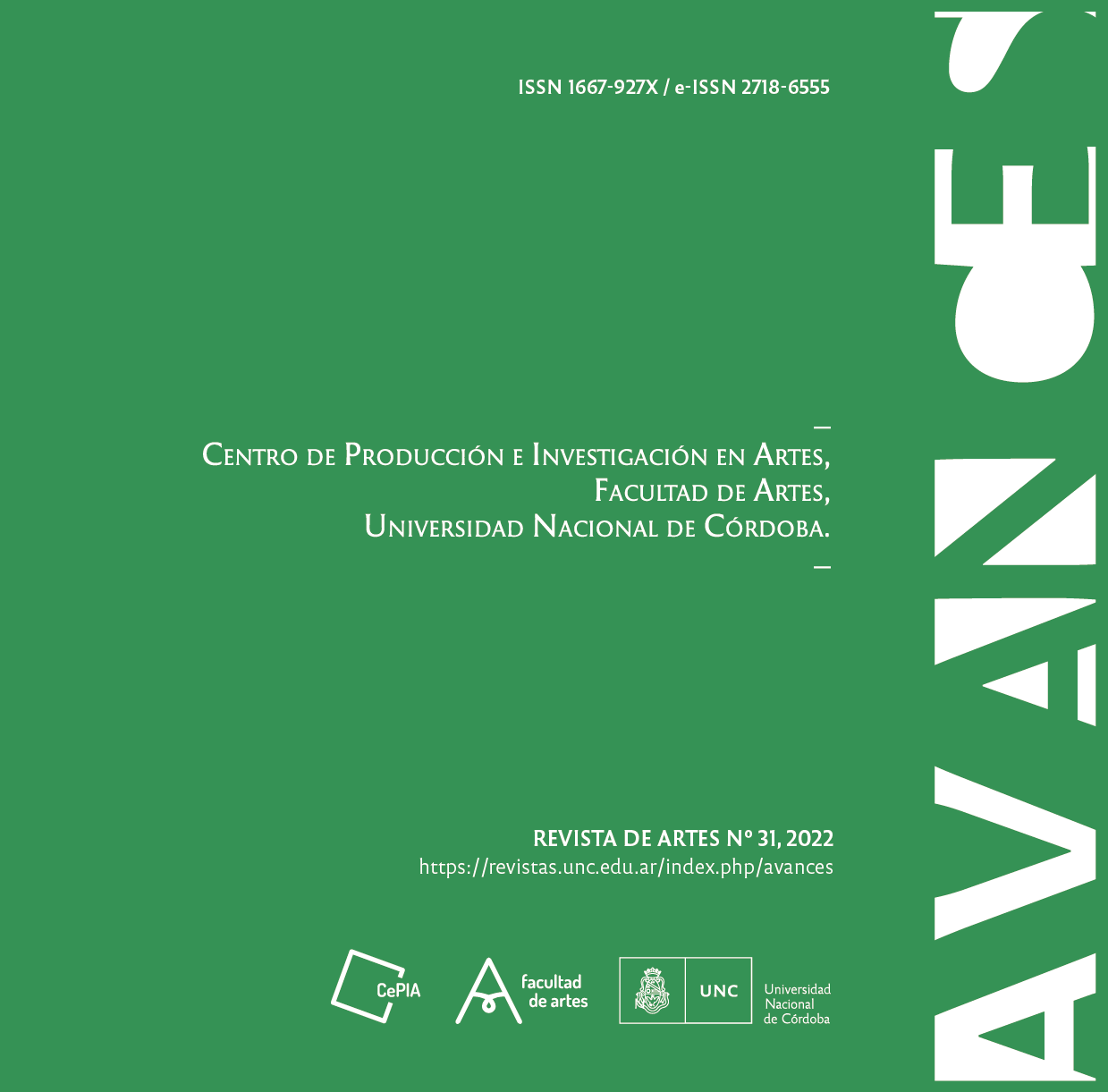De Lilith a Lulú. La “maldad femenina” en la cultura y las artes
Palabras clave:
Mujer fatal, Género, Símbolo, Misoginia, OtredadResumen
La idea principal de este ensayo es que es posible trazar en la larga duración una continuidad simbólica –fonética en principio– entre Lilith, Lola y Lulú, figuras femeninas ficcionales nocturnas, seductoras y conducentes a la ruina del hombre, a partir de Lilith, la primera mujer sublevada.
Para sostenerla, la propuesta es mostrar a lo largo del tiempo y en diferentes artes la presencia del arquetipo europeo, así como las motivaciones que animaron a su construcción, que obtuvo su auge a fines del siglo XIX con la mujer fatal.
El rastreo termina en Córdoba, donde el arquetipo fue trasladado, igual que otros símbolos de la cultura europea.
Descargas
Referencias
Baudelaire, C. (1995). El pintor de la vida moderna. Murcia: Cajamurcia.
Baudelaire, C. (1999). Cuadernos de un disconforme. Buenos Aires: Errepar.
Bertelé, A. et al. (1979). La Ópera. Enciclopedia del Arte Lírico. Madrid: Aguilar.
Bornay, E. (1990). Las hijas de Lilith. Madrid: Cátedra.
Capdevila, A. (1963). Cronicón de las muchas almas. En Cronicones dolientes de Córdoba. Buenos Aires: Emecé.
Dijkstra, B. (1986). Idols of Perversity. Fantasies of Feminine Evil in Fin-de Siècle Culture. New York: Oxford University Press.
Eetessam Párraga, G. (2009). Lilith en el arte decimonónico : estudio del mito de la femme fatale. Signa: Revista de la Asociación Española de Semiótica, (18), pp. 229-249. Recuperado el 2022, 23 de mayo de https://doi.org/10.5944/signa.vol18.2009.6206.
Flaubert, G. (2004). Madame Bovary. Obras completas, I. Madrid: Aguilar.
Gatt, G. (1971). Kokoschka. Barcelona: Nauta.
Girard, R. (1986). El chivo expiatorio. Barcelona: Anagrama.
Goethe, J. W. (2001). Fausto. Buenos Aires: Longseller.
Goethe, J. W. (2014). Götz de Berlichingen, el de la mano de hierro. Madrid: El álgebra y la luna.
Goldberg, R. (1988). Performance Art. Barcelona: Destino.
Goycoechea Menéndez, M. (1936). A través de la vida. Buenos Aires: Imprenta de la Universidad.
Goycoechea Menéndez, M. (2005). Poemas helénicos. Córdoba: Ferreyra.
Huysmans, J. K. (2016). rebours. París: Gallimard.
James, H. (2004). Las bostonianas. Barcelona: Seix Barral.
Jung, C. (1991). Arquetipos e inconsciente colectivo. Barcelona: Paidós.
Keats, J. (2016). Poesía. Madrid: Alianza.
Kokoschka, O. (1988). Mi vida. Barcelona: Tusquets.
Laqueur, T. (1994). La construcción del sexo. Cuerpo y género desde los griegos hasta Freud. Madrid: Cátedra.
Mann, T. (1972). La muerte en Venecia. Buenos Aires: Siglo veinte.
Mann, H. (2019). El profesor Unrat. Barcelona: Penguin Random House.
Menéndez Barriola, E. (1936). Martín Goycoechea Menéndez. Buenos Aires: Imprenta de la Universidad.
Nusenovich, M. (1998). El grito, canon corporal de la vanguardia [ponencia]. Segundas Jornadas de Estudios e Investigaciones en Artes Visuales y Música. Universidad de Buenos Aires, Instituto Julio E. Payró, Facultad de Filosofía y Letras. Argentina.
Stoker, B. (1986). Drácula. Barcelona: Plaza & Janes.
Treitler, L. (1990). Music and the Historical Imagination. Cambridge: Harvard University Press.
Wilde, O. (2003). El retrato de Dorian Gray. Buenos Aires: Longseller.
Publicado
Número
Sección
Licencia

Esta obra está bajo una licencia internacional Creative Commons Atribución-NoComercial-CompartirIgual 4.0.





















